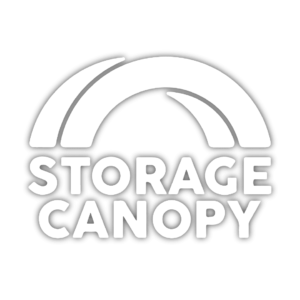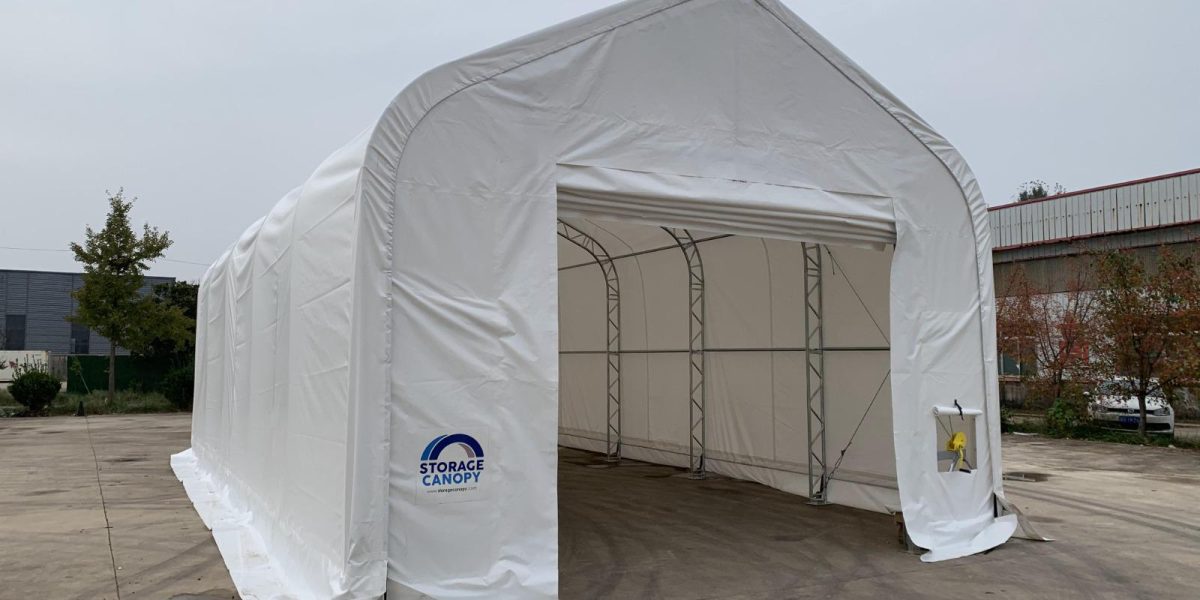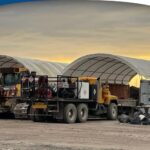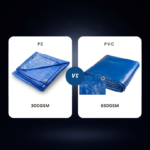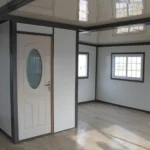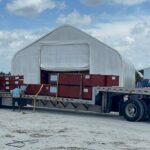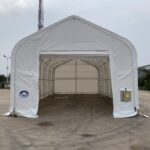Fabric barn and Fabric-covered building
What are the benefits?
Fabric barns are often used for animal housing and fabric-covered buildings are used for residential purposes.
The fabric structure provides shelter from the elements and is reusable. Fabric structures are also more sustainable than traditional building materials and are more energy efficient.
Having a fabric barn building in a landscape can create a pleasant atmosphere and bring the outdoors in.
Fabric-covered buildings protect the interiors from weather damage, make them easy to clean and maintain, and are less expensive to construct and operate than traditional houses.
However, some find the fabric covering an eyesore, the fabric can catch fire and can damage the interiors. People should know that fabric-covered buildings protect the interiors, are easy to clean and maintain, and are less expensive than traditional houses.
A fabric-covered house is a warmer, more energy-efficient structure than a traditional house.
The fabric walls and roof reduce the amount of heat lost through the structure and the windows and doors help keep the house at a comfortable temperature. Also, help insulate the house so there is less energy required to keep the house at a comfortable temperature. The fabric walls also make it easier to clean the house as they reflect sound.
When the walls are covered with windows and doors, the house becomes even more energy-efficient as light enters the house and solar heat is absorbed by the walls.
A fabric-covered house is also a good choice for people living in cold climates. The fabric walls help keep the house at a comfortable temperature even when the outside temperature drops. The walls also make it easier to clean the house as they reflect sound.
The structure’s walls and roof protect the interiors from damage and make it easier to clean and maintain. This helps to ensure that the house remains in good repair.
Where can I buy high-quality fabric barn?
Here at Storage and canopy, we have many models, you can contact us at 321 710 0804.
-
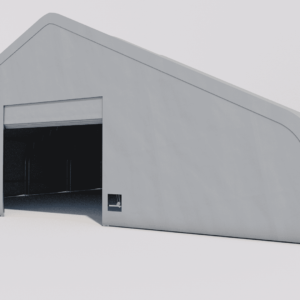 Fabric building
Fabric building
70W-200L-28H (ft)$97,812.00 -
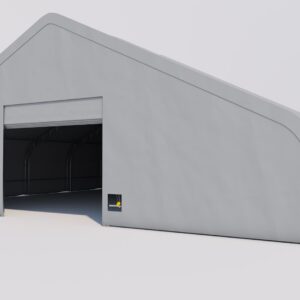 Fabric building
Fabric building
70W 150L 28H (ft)$75,075.00 -
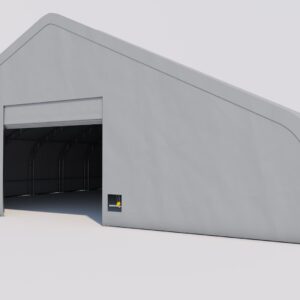 Fabric building
Fabric building
70W 120L 28H (ft)$66,287.00 -
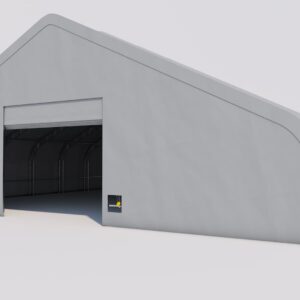 Fabric building
Fabric building
70W 100L 28H (ft)$57,680.00 -
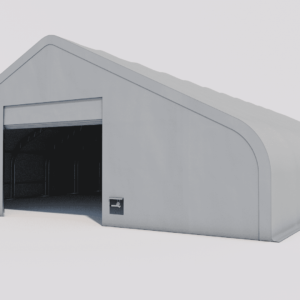 Fabric building
Fabric building
60W 120L 25H (ft)$51,816.00 -
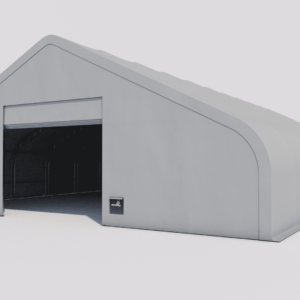 Fabric building
Fabric building
60W 100L 25H (ft)$45,210.00 -
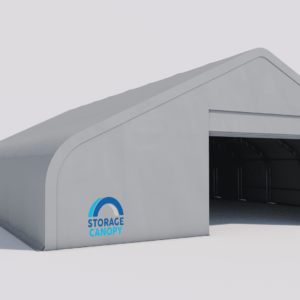 Fabric building
Fabric building
60W 80L 25H (ft)$37,629.00 -
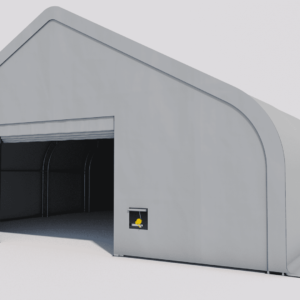 Fabric building
Fabric building
40W 150L 21H (ft)$40,533.00 -
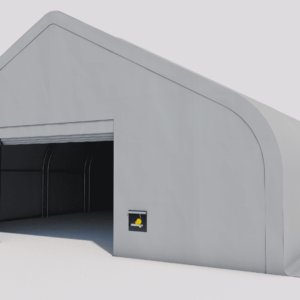 Fabric building
Fabric building
40W 120L 25H (ft)$35,000.00
What can I use it for?
The uses are infinite but the most common are:
- Boat storage
- Hay storage
- sand and salt
- Equipment storage
- Salt Storage
- Riding arenas
- Livestock
Why choose fabric barn and not pole barn?
Fabric barn houses are less expensive to build and maintain than traditional houses. The fabric walls used in these houses are cheaper than the lumber used in pole barns.
The fewer materials used in a fabric-covered house also means a smaller construction crew needs to construct it.
Because the houses are so inexpensive to build, there may be little or no cost difference between building a fabric-covered house and a house with less protection.
However, it is worth noting that if the walls are left exposed, they can deteriorate and need to be replaced over time.
How does it affect your local county?
Neighbors may complain about the fabric-covered house’s visual intrusion into their neighborhood. If the walls and roof are exposed, they may be an eyesore and distract from the overall appearance of the neighborhood.
The fabric walls can also block light and cause unsightly shadows. In addition, those walls can also be an eyesore and distract from the overall appearance of the neighborhood.
It is recommended to have the appropriate permits from the local county and to install it in an open location.
About flame retardant
The fabric covering can catch fire or catch on fire if it is not installed or maintained properly.
If the fabric walls or roof are not covered with fire-resistant fabric, they can catch fire or catch on fire.
In addition, if the fabric walls or roof are not covered with a fabric that is fire-resistant, they can cause severe burns to those who touch them.
It is essential to install and maintain a fabric covering that is safe and installed properly. Always ask about flame retardant coating
Having a fabric-covered building in a landscape can create a pleasant atmosphere and bring the outdoors in.
However, some find the fabric covering an eyesore, the fabric can catch fire and can damage the interiors.
People should know that fabric-covered buildings protect the interiors, are easy to clean and maintain, and are less expensive than traditional houses.
However, some find the fabric covering an eyesore, the fabric can catch fire and can damage the interiors.
People should also know that fabric-covered houses are less expensive to construct and maintain than traditional houses. They are, however, more expensive to operate and more expensive to maintain.
People should also know that the fabric covering can catch fire or catch on fire and damage the interiors.
How should the snow loads be handled with these structures?
It is important to keep in mind the condition in which the barn is going to be built since it is not the same to install it in a place with intense snow as in a place where there is no snow.
There are two types of structures, dome and peak style.
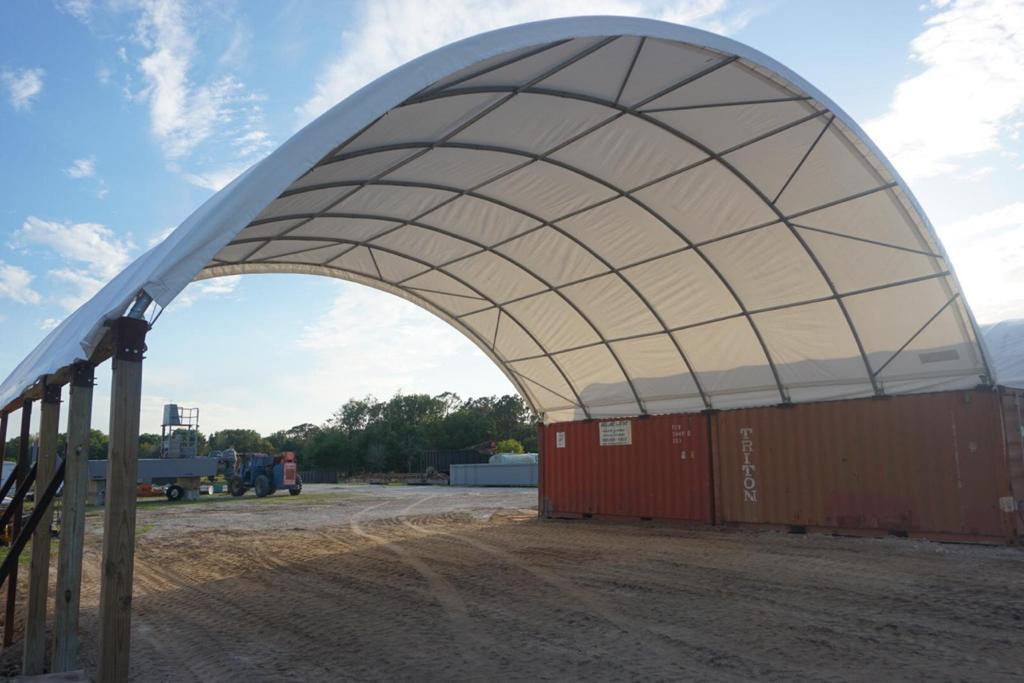
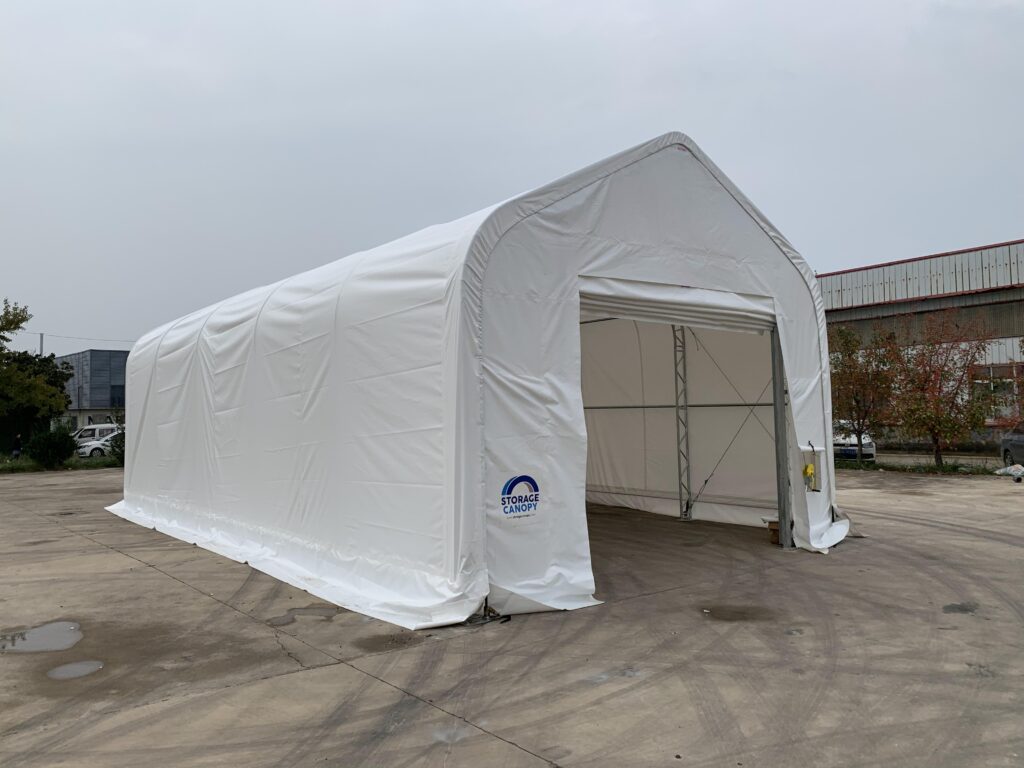
We recommend the peak style because the great advantage is that it allows the snow to slide easily and the roof does not have to support a great weight.
The disadvantage of the dome style is that it is precisely the dome style that makes snow accumulate and causes the structural steel to fall.
Whatever the structure, it is important to constantly check that snow does not accumulate on the roof to ensure good durability.
